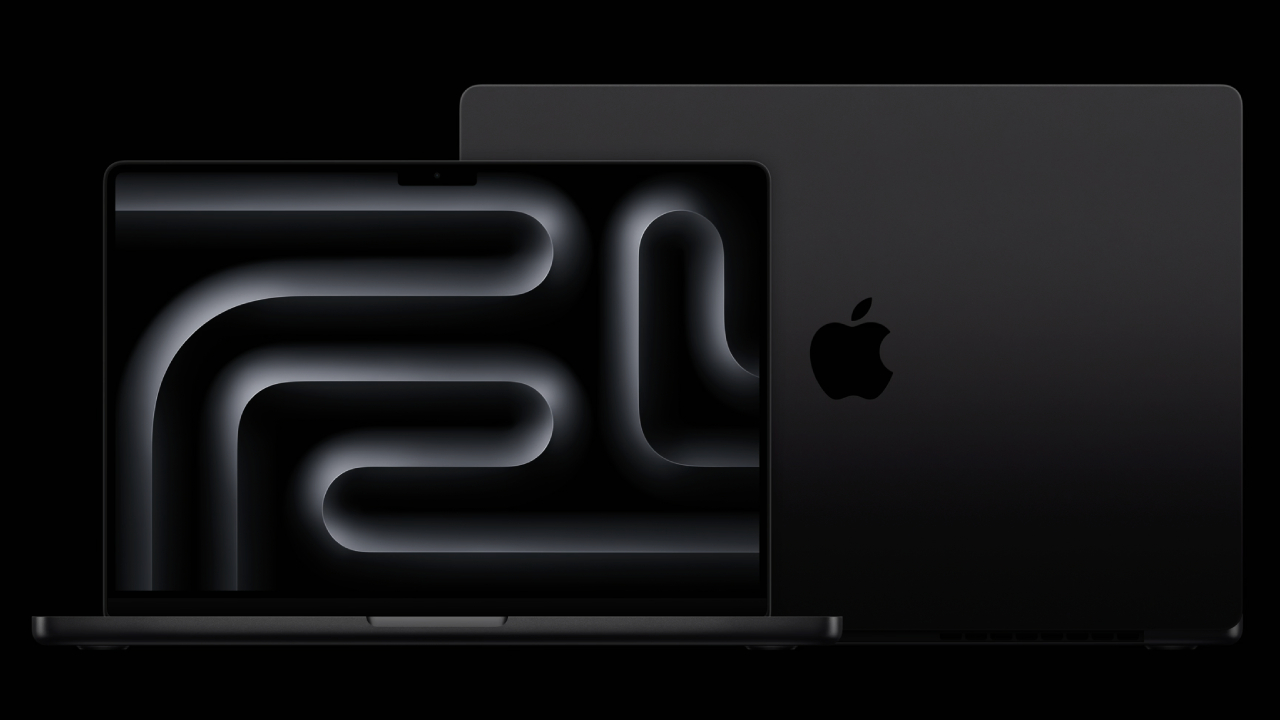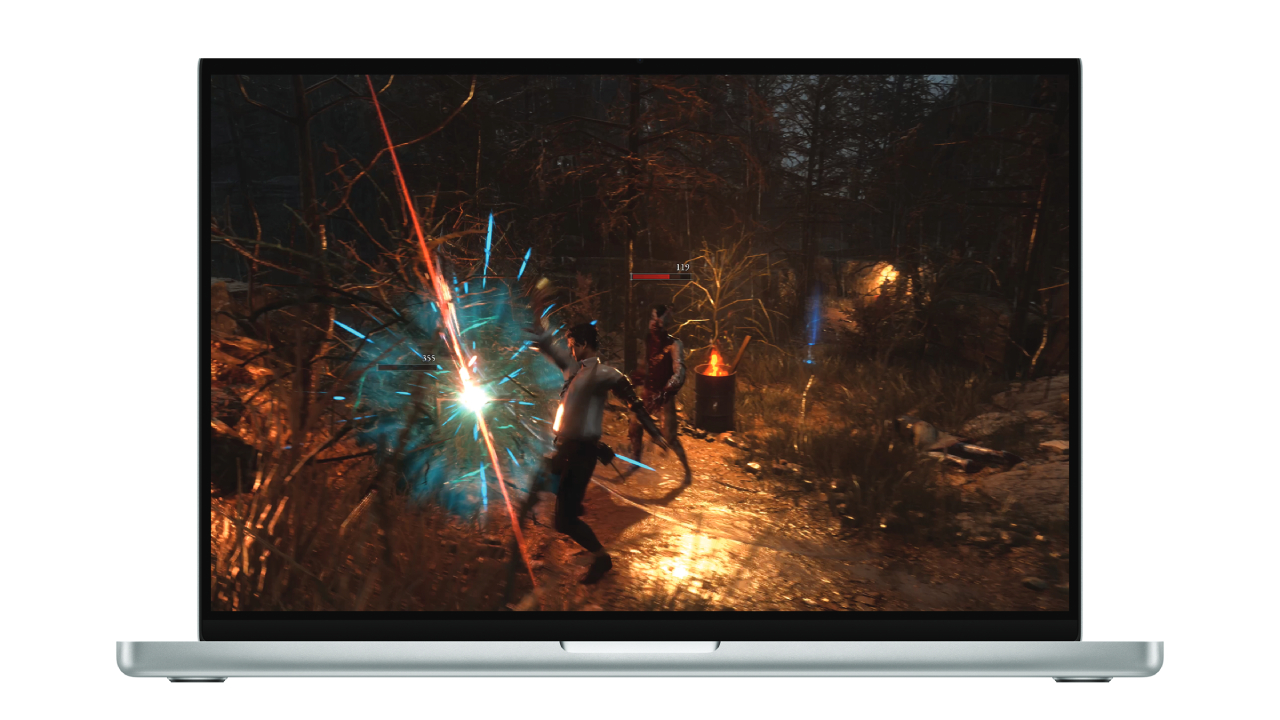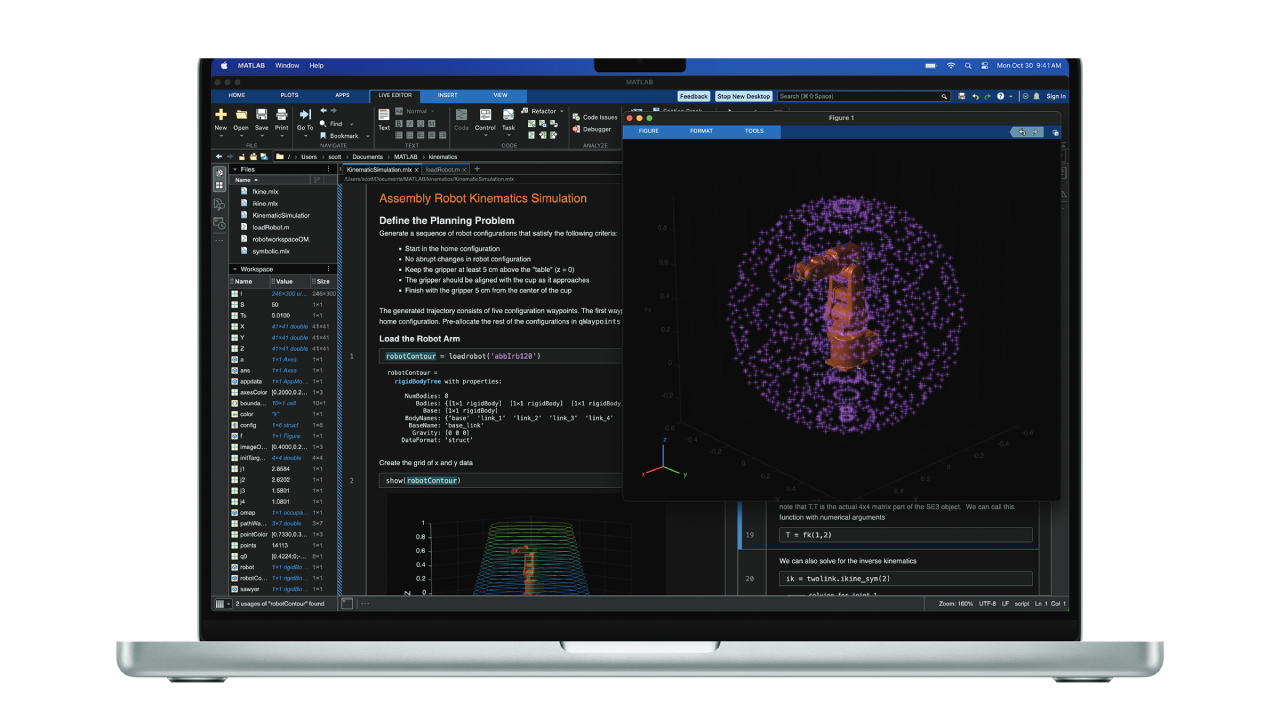
Apple finally unveiled its most recent hardware at its “Scary Fast” event. With it came the simultaneous reveals of the M3, M3 Pro, and M3 Max chipsets, alongside the MacBook Pro laptops and new iMac that would be powered by them.
Specifically, the company unveiled a 14-inch MacBook Pro with M3, 14- and 16-inch MacBook Pro with M3 Pro, and a 14- and 16-inch MacBook Pro with M3 Max. It’s quite a sizable list of laptops, but if you're trying to decide which M3 MacBook Pro you should buy, that cheaper new 14-inch MacBook Pro with M3 is sure to be a primary target.
That answer depends on several factors involving your budget, the power of your current laptop, what exactly you need it for, and the features you want. So let's get right into it and explore whether or not an M3 MacBook Pro is right for you.
Should you buy the 14-inch MacBook Pro M3?
If you already own an M2 or M1 MacBook Pro, the announcement of that shiny looking M3 MacBook Pro probably has you checking your wallet to see if you can spare the cash. After all, you do already have one of the latest Apple Silicon MacBooks, so do you really need another one? Well, that depends on your use. The M3 boasts 25 million transistors, which is 5 billion more than the M2. It also supports 24GB of unified memory and has an 8-core CPU with four cores for performance and another four for efficiency.
I’m sure that sounds amazing for the seven people on Earth who understand what any of that means, but in practical terms, Apple claims the MacBook Pro M3 is significantly faster than the 13-inch MacBook Pro with M1, as it can render up to 60% faster in Final Cut Pro 60%, compile code in Xcode 40% faster, and spreadsheet performance was up to 40% faster.

But comparative speed is far from the whole picture. Unless you feel your current MacBook is chugging along to perform the tasks you need it to, you should be fine with your current hardware. If you do find yourself editing or rendering and the laptop just isn’t handling it as swiftly as you need it to, perhaps it is time to level up.
Unfortunately, until we get our hands on the MacBook Pro M3 ourselves, we won't be able to accurately share whether or not Apple’s speed comparisons hold true, but we can look at the performance of older models to make some predictions. On the Geekbench 5.0 overall performance test, the MacBook Pro M1 achieved a multi-core score of 5,882, while the M2 model came away with a multi-core score of 8,911. If we follow this trend, we’re expecting the M3 to at least go beyond five digits, and maybe even as high as 12,000.
The M1 MacBook Pro also converted a 4K video to 1080p using the HandBrake app in 7 minutes and 44 seconds, while the M2 model did the same in 6 minutes and 51 seconds. Perhaps the M3 can get this number below 6 minutes.
But beyond just performance metrics, what new things can we expect out of it? Well, it features an upgraded Neural Engine that is also reportedly 60% faster than the M1, with powerful image processing, noise reduction, super resolution, scene edit detection, and more.

The M3 will also yield the first MacBooks capable of ray tracing. If, for some reason, you’re a gamer who prefers to play on a MacBook, you’ll at least have the benefit of enjoying dynamic caching, mesh shadowing, and more. We aren’t aware of which games will have ray tracing compatibility just yet, but we did recently see Resident Evil 4 Remake is coming to the App Store. Since that game has ray tracing on PC and console, we hope Mac won’t miss out on it
Apple also goes as far as to say that the M3 MacBook hits the company’s “high standards” for power efficiency, as the laptop has the “longest battery life ever in a Mac” and claims it can hit 22 hours. It’s hard to say whether or not this is true, but the M2 MacBook Pro lasted 18 hours and 20 minutes on the Laptop Mag battery life test, which involves continuous web surfing over Wi-Fi at 150 nits of brightness. Frankly, we’ll be impressed if it even goes above 20 hours.
Apple also claims its screen can reach up to 600 nits, which would be a huge upgrade considering we tested the M2 MacBook Pro as hitting 475 nits. But beyond higher nits, power increases, better battery life, and the benefits that come with a more powerful focus on gaming, there’s not much else to be excited about when it comes to the MacBook Pro M3. Sure, it comes with a new Space Black color scheme, but unless you’re frothing at the mouth for a new hue, you won’t find much here if you already own an Apple Silicon MacBook.

But it’s hard to deny that things change a bit if we shift over to those who are still using an Intel MacBook. Starting at $1,599, Apple claims the MacBook Pro M3 is up to 7.4x faster than the 13-Inch MacBook Pro with an Intel Core i7 processor. Particularly in Final Cut Pro rendering performance. If you still haven’t upgraded to a MacBook with Apple Silicon, this could be a great time to do so.
Bottom line
There’s no escaping how powerful Apple’s latest series of M3 MacBooks are, but if you are already sporting an Apple Silicon MacBook, unless you feel you are pushing your laptop to its limits, you can probably hold off one more generation. However, if you haven’t made the upgrade to an M1 or M2 just yet, this would be an ideal time to make the plunge.
Featuring far greater performance, AI upgrades, longer battery life, hardware-accelerated ray tracing, and a brighter screen, this is an upgrade that will be felt by anyone still using an Intel MacBook. If that's your situation then you can pre-order M3 MacBook Pro today or keep an eye out for our full reviews soon.







